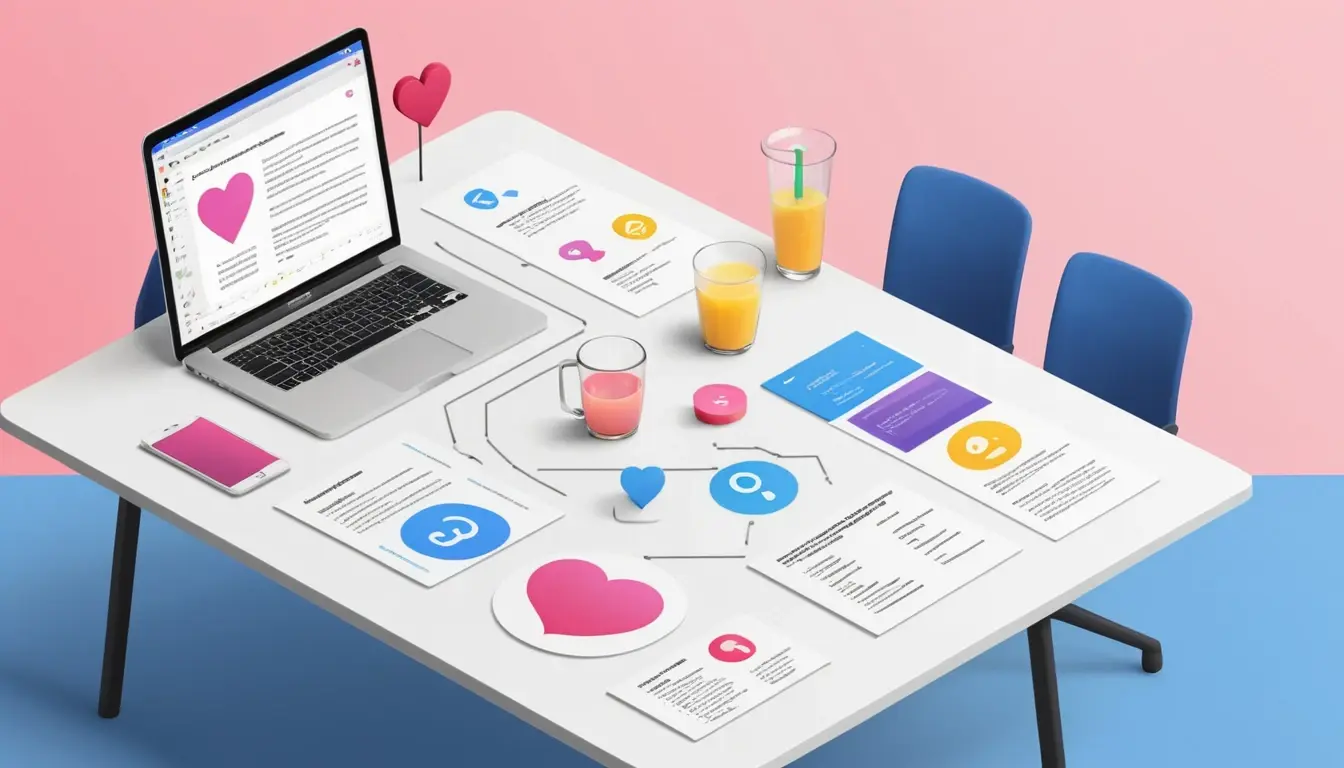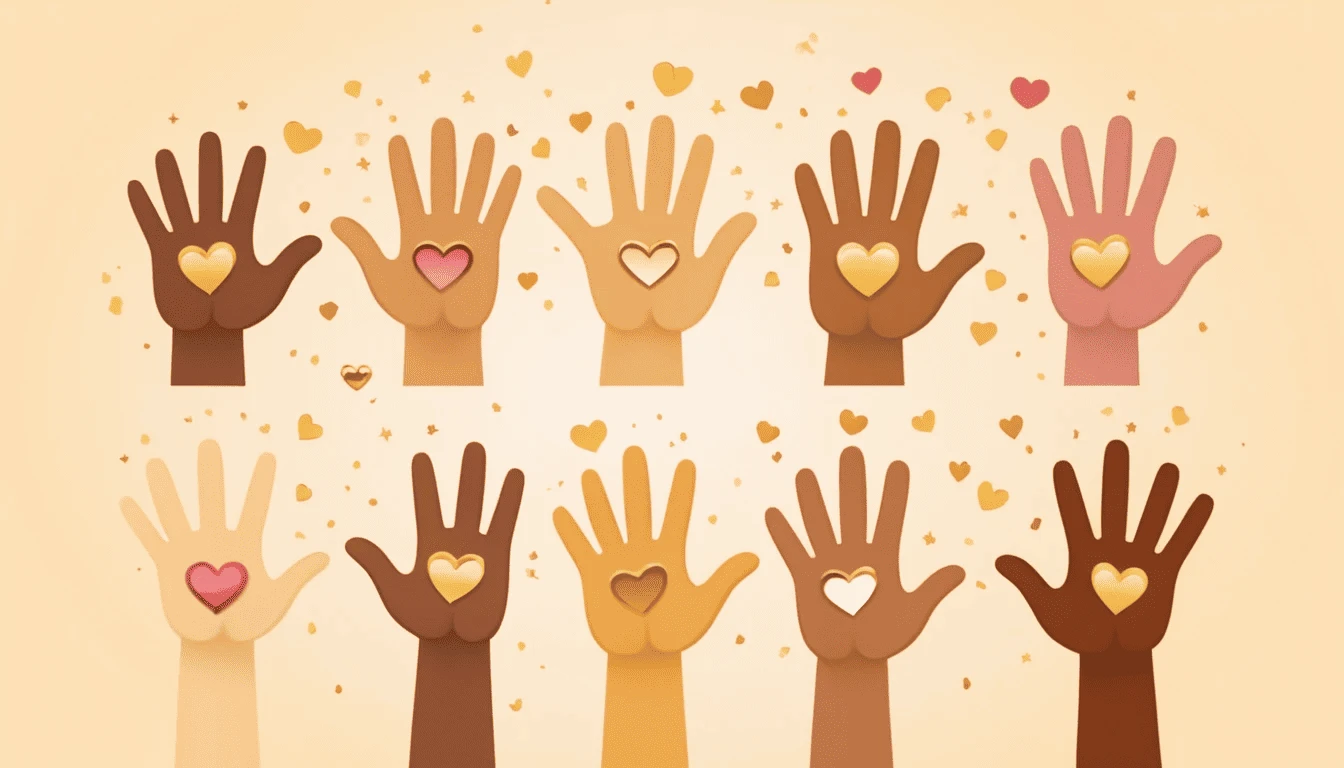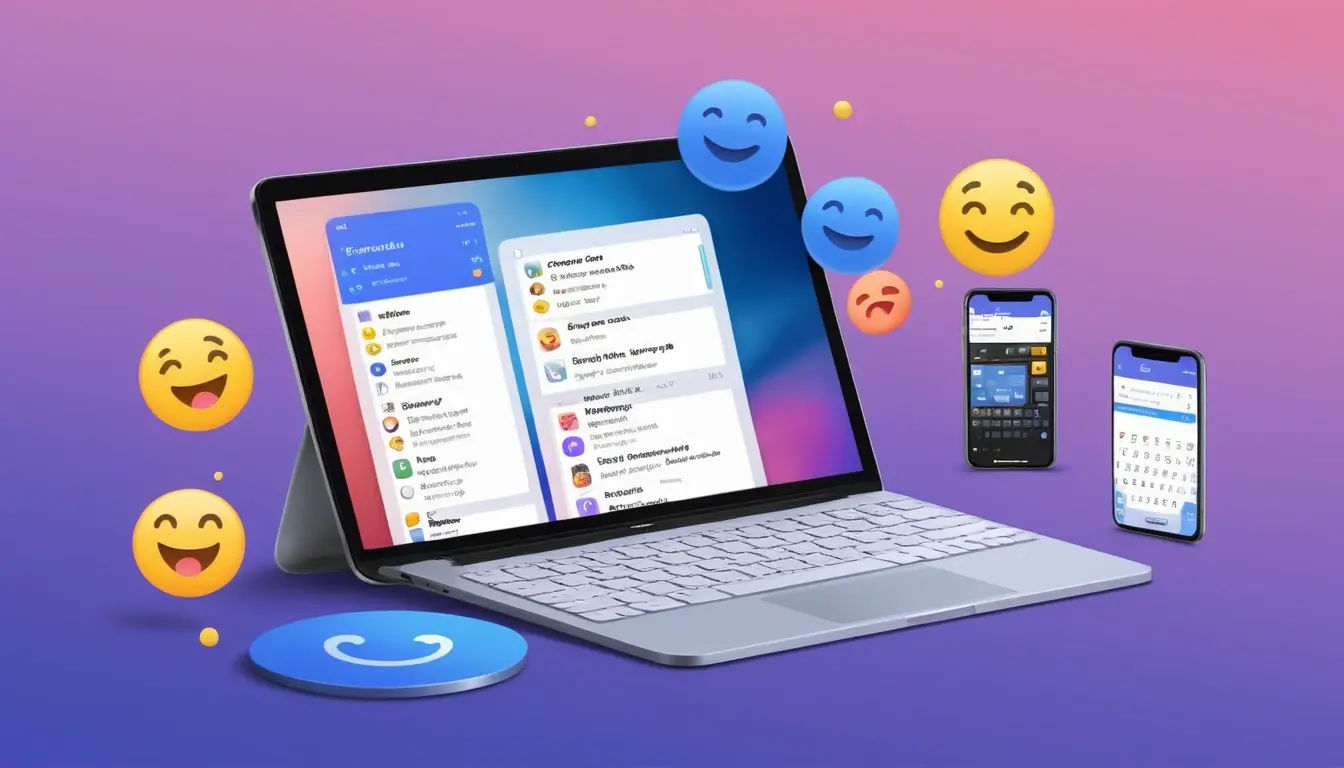How Emojis Are Designed and Approved by the Unicode Consortium


Ever wondered how a 🧃 Beverage Box→ or 🩷 Pink Heart→ ends up on your phone? I used to think someone at Apple just… drew it. Like, sketched it up one afternoon and pushed it through an update. But no — the real story is surprisingly bureaucratic. And kind of fascinating.
It All Starts With a Proposal
First off, yes, you can actually suggest a new emoji. Anyone can. There's a formal submission process run by the Unicode Consortium — the nonprofit body that manages the global standard for text encoding. Basically, they make sure that a "💡" on your phone looks (more or less) like a "💡" on someone else's.
When you want to propose an emoji, you're not just sending in a doodle and hoping for the best. There's a whole form. They ask for things like expected usage frequency, searchability, cultural relevance — even potential for misuse. It’s almost like pitching a startup, but instead of investors, you're trying to convince a committee that the world needs a new moose emoji. (Which, by the way, is now a real thing.)
And here's the thing: most ideas don’t make it. The bar’s higher than you might think.
The Review Process (a.k.a. Emoji Court)
Once submitted, your proposal goes through multiple rounds of review — starting with a subcommittee that specializes in emoji. They check for redundancy (do we really need another type of clock?), demand (are people even searching for this?), and how well the concept translates visually across platforms.
If it clears that, it heads to the Unicode Technical Committee — the ultimate decision-makers. They meet quarterly, and among other things, vote on which emoji proposals to advance. It’s part logic, part cultural debate, part guessing what people might text in a year or two.
Sometimes, the choices feel obvious (think 🫠 Melting Face→ — very relatable). Other times, it’s… puzzling. Why did it take so long for a plain pink heart to be approved? I don’t know. Nobody really knows. Unicode works in mysterious ways.
The Code Behind the Emoji
Now here's where it gets kind of technical — every emoji that’s approved is assigned a unique Unicode code point. Think of it like the emoji’s DNA. That code is what lets devices across different systems (iOS, Android, Windows, etc.) all recognize and display the same symbol.
The design, though? That’s up to the vendors.
Same Emoji, Different Vibes
So the Unicode Consortium doesn’t design the emoji art itself. They just approve the concept and assign it a code. From there, it’s up to Apple, Google, Samsung, and others to interpret that idea into their own visual style.
That’s why an emoji that looks cheerful and harmless on your phone might come across as... off on someone else’s. Maybe even a little unsettling. Ever sent something you thought was cute, only to get a weird reaction back? Yeah — that’s probably your emoji looking completely different on their screen.
And it’s not just the look — the tone can shift too. Take 😬 Grimacing Face→ for example. On one device, it reads like a nervous laugh. On another, it’s more like, “yikes, that’s painful.” It’s a small difference, but it can totally change how your message lands.
Emoji Meanings Are Fluid — and That's Okay
Unicode can handle the approvals and set the rules behind the scenes — but once an emoji’s out in the world, its meaning is fair game.
Take the 🙃 Upside-Down Face→. It was originally meant to show silliness or light sarcasm. But over time, people started using it to express passive-aggression, frustration, or that “I’m fine, everything’s fine” kind of energy. It drifted from its intended purpose — and yet, somehow, it still works.
That’s just how it goes. Emojis pick up new shades of meaning as we use them. And honestly, that unpredictability? It’s what makes them feel alive.
So… Who Decides the Future?
In a way, it’s a balance between official process and organic use. Unicode approves the building blocks. But how we use them? That’s on us. Our texts, our jokes, our awkward messages.
New emojis still make their way into our keyboards each year, but the pace isn’t what it used to be. The Unicode Consortium seems to be tightening the reins a bit — not out of stinginess, but out of practicality. We’ve already got thousands, so now, any new addition has to really prove it belongs. Is it useful? Will people actually use it? Does it say something we can’t already say?
But even with all that filtering, every now and then, something unexpected slips through — a quiet little idea from someone you’ve probably never heard of. And somehow, it just works. Before you know it, it's showing up in texts, tweets, group chats… like it was always meant to be there. No instructions. No learning curve. Just pure, shared meaning.
Keep Exploring the World of Emojis
If this little behind-the-scenes look at how emojis get approved made you go, “Wait, seriously?” — you're definitely not the only one.
Curious which emojis actually made it through in each Unicode update? Want to see what’s new, or maybe what didn’t make the cut? Head over to our Unicode Emoji Version History — it's like a timeline of our digital expressions, one tiny icon at a time.
Curious how emoji meanings shift once they hit the real world?
Check out What Do Emojis Really Mean? — it’s all about the vibes, context, and the weird ways meanings evolve.
And if you're ready to play with emojis in a totally different way, try one of our tools:
- Text to Emoji – Turn your mood into emoji magic.
- Emoji to Text – Paste an emoji combo and get an instant interpretation.
- What Emoji Are You? – Take the quiz and find your emoji soulmate.
Because in the end, emojis aren’t just approved by Unicode…
They’re brought to life by you.
Share this article
Help others discover this content
Related Articles

The Story Behind Skin Tone Emojis
From one default yellow tone to a spectrum of shades — here’s how skin tone emojis were introduced, the role of the Fitzpatrick scale, and why they matter for representation.


The History of Emoji: From Japan’s to Global Language
They started as 12x12-pixel icons on Japanese phones in 1999. Today, emojis are a universal digital language — expressive, emotional, and constantly evolving. Here’s how they went global.


How to Copy and Paste Emojis on Any Device
Using emojis on your computer shouldn't be this complicated. Here's the easiest way to find, copy, and paste emojis—on any device, anytime, totally free (and yes, you're already on the right site).

